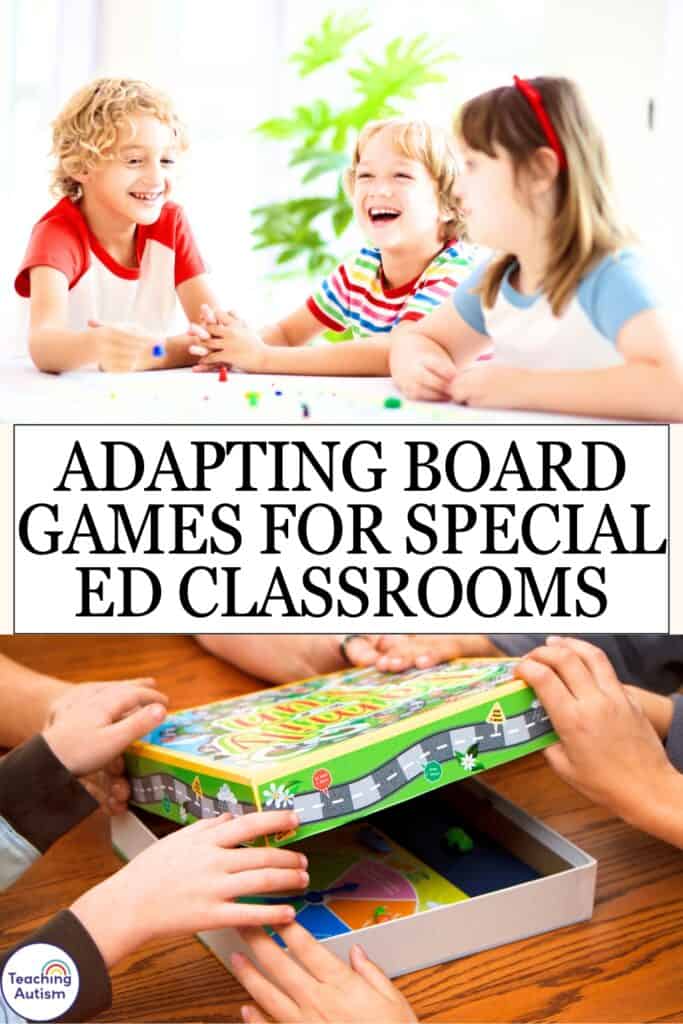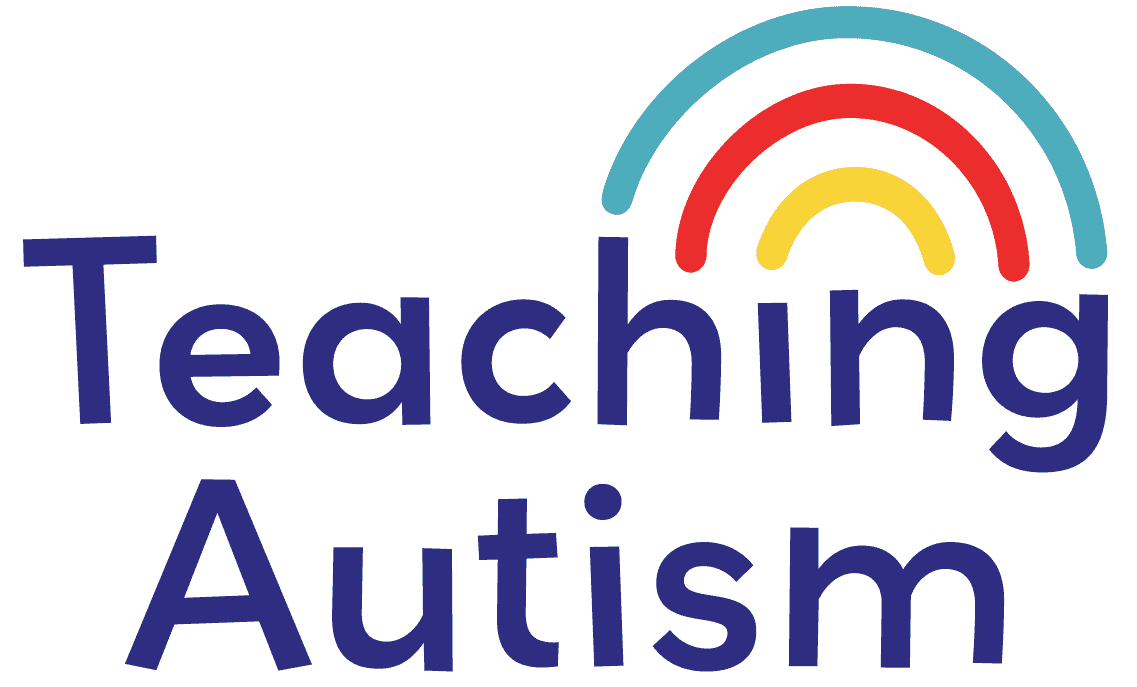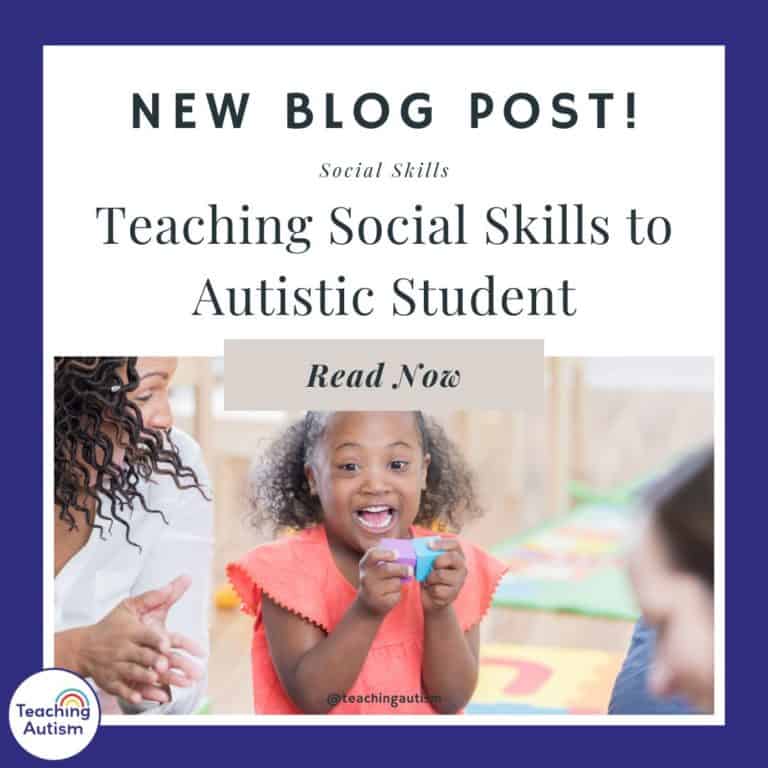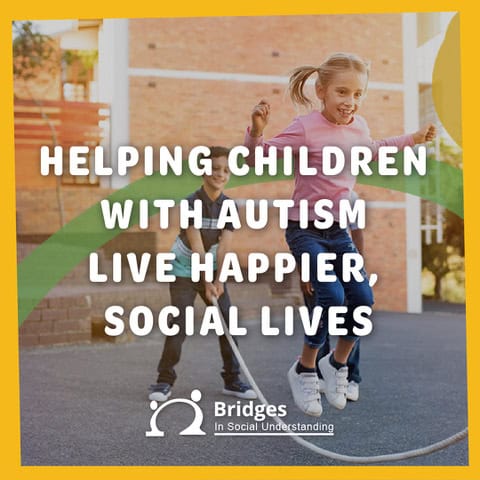Adapting Board Games for Special Ed Classrooms
In this blog post today I’m sharing tips on adapting board games for Special Ed classrooms.. I’m also sharing some of my favorite board games that we like to use, and ways that you can adapt them.. As well as all of the benefits of using board games in the classroom.
This blog post may contain affiliate links. This means that if you purchase an item through my affiliate link, I may receive a % of commission at no extra cost to you. This helps support me, my family and my blog to bring you great content for free!
Board games have been a total game-changer (pun intended) in our classroom. They’re engaging, interactive, and you can sneak in a whole lot of learning without your students even realizing it!! But here’s the thing—many traditional board games aren’t naturally designed with our students in mind. Some have complex rules, require a lot of patience, or depend on fine motor skills that might be challenging for some students.
That’s where adaptations come in! With a few simple tweaks, you can turn just about any board game into an accessible and inclusive learning tool. Whether you need to simplify the rules, adjust the visuals, or add extra supports, there’s always a way to make board games work for all learners.
The Benefits of Using Board Games in the Special Ed Classroom
Before we get into the “how,” let’s talk about the “why.” Here’s why I think board games are such a fantastic resource to use in our special education classrooms:
- Social Skills – Turn-taking, sharing, patience, and teamwork all get built into the experience naturally.
- Language Development – Games provide opportunities for verbal interaction, following directions, and expanding vocabulary.
- Executive Functioning – Students practice problem-solving, impulse control, and planning ahead.
- Fine & Gross Motor Skills – Moving game pieces, rolling dice, and using spinners help develop hand-eye coordination and dexterity.
- Academic Reinforcement – Many board games target math, literacy, colors, shapes, and other foundational skills in a fun, low-pressure way.
- Emotional Regulation – Learning how to handle winning and losing (big emotions!) is a huge life skill.
- Sensory Engagement – Bright colors, textures, movement, and sounds can be great for sensory-seeking students.
Now that we know why board games belong in our classrooms, let’s look at how we can make them work for every learner.
10 Quick Tips for Adapting Board Games for Special Ed Students
- Simplify the Rules – Cut down on complicated steps or modify them to fit your students’ needs.
- Use Visual Supports – Add picture cues, color coding, or step-by-step visuals to help with understanding.
- Modify Game Pieces – Use larger dice, Velcro-backed cards, or adapted spinners for students with motor challenges.
- Reduce Waiting Time – Shorten turns, use small groups, or play cooperatively to keep everyone engaged.
- Provide Choice – Let students pick a role (rolling dice, moving pieces, etc.) that matches their comfort level.
- Adjust Time Limits – Allow for extra processing time or give students a timer for turn-taking support.
- Make It Hands-On – Swap traditional cards for sensory-friendly options (e.g., textured pieces, fidget-friendly spinners).
- Use Cooperative Play – Team up instead of competing so everyone works toward a shared goal.
- Offer Communication Supports – Use AAC devices, communication boards, or sentence starters for verbal interaction.
- Modify the Game Board – Enlarge text, add high-contrast visuals, or simplify the path to reduce frustration.
Board Games and Adaptation Tips
Now, let’s get into some specific board games that are fantastic for our students and how to tweak them to make them work for all learners.
1. Candy Land
🍭 Perfect for: Color recognition, turn-taking, basic counting
🔹 Adaptation Ideas:
- Use a visual schedule to remind students when it’s their turn.
- Add a simplified version with fewer spaces.
- Swap small game pieces for larger, easier-to-hold tokens.
Grab it on;
2. Chutes and Ladders
🪜 Perfect for: Number recognition, counting, emotional regulation
🔹 Adaptation Ideas:
- Use number stickers on the dice for easier number matching.
- Skip the chutes to avoid frustration for some students.
- Use a cooperative version where everyone reaches the top together.
Grab it on;
3. UNO
🎨 Perfect for: Colors, numbers, matching skills
🔹 Adaptation Ideas:
- Use an adapted deck with fewer colors or numbers.
- Offer a turn-taking visual cue to help with structure.
- Use a card holder for students with fine motor challenges.
Grab it on;
4. Connect 4
🟡🔴 Perfect for: Strategic thinking, color matching, fine motor skills
🔹 Adaptation Ideas:
- Use a larger version of the game for easier handling.
- Play with teams so students can collaborate.
- Allow students to drop in pieces even if they’re not playing strategically.
Grab it on;
5. Guess Who?
🤔 Perfect for: Social interaction, descriptive language
🔹 Adaptation Ideas:
- Use pictures of real people or classroom friends.
- Provide visual cue cards with question options.
- Play cooperatively by guessing as a team.
Grab it on;
6. Trouble
⚡ Perfect for: Counting, patience, following rules
🔹 Adaptation Ideas:
- Use a dice roller app if pressing the Pop-O-Matic is difficult.
- Reduce the number of pieces per player.
- Skip sending players “back to start” for an easier experience.
Grab it on;
7. Operation
⚕️ Perfect for: Fine motor skills, hand-eye coordination
🔹 Adaptation Ideas:
- Use larger tweezers or adapted tools for accessibility.
- Turn off the buzzer if it’s too overwhelming.
- Play in teams so students can take turns operating.
Grab it on;
8. Zingo!
🟩 Perfect for: Language development, matching
🔹 Adaptation Ideas:
- Use verbal or AAC device responses instead of shouting out.
- Provide extra time to find matches.
- Pair students up for cooperative play.
Grab it on;
9. Sequence for Kids
🦁 Perfect for: Pattern recognition, strategic thinking
🔹 Adaptation Ideas:
- Use color-coded or enlarged cards for easier recognition.
- Allow non-verbal students to point or use AAC devices.
- Provide a simplified board with fewer spaces.
Grab it on;
10. Jenga
🧱 Perfect for: Fine motor skills, problem-solving
🔹 Adaptation Ideas:
- Use a larger or foam version for easier gripping.
- Add picture prompts on blocks to spark discussion.
- Play with a rule that allows players to use two hands.
Grab it on;
More Great Board Games:
- Hi Ho! Cherry-O (Counting, fine motor skills) Find it on; USA Amazon here and UK Amazon here.
- Don’t Break the Ice (Motor planning, cause and effect) Find it on; USA Amazon here and UK Amazon here.
- Hedbanz (Social skills, verbal reasoning) Find it on; USA Amazon here and UK Amazon here.
- Scrabble Junior (Spelling, vocabulary, letter recognition) Find it on; USA Amazon here and UK Amazon here.
- Pop the Pig (Fine motor, turn-taking) Find it on; USA Amazon here and UK Amazon here.
- KerPlunk (Hand-eye coordination, patience) Find it on; USA Amazon here and UK Amazon here.
- Banana Blast (Motor skills, reaction time) Find it on; USA Amazon here and UK Amazon here.
- Go Fish (Social interaction, language) Find it on; USA Amazon here and UK Amazon here.
- Bingo (Listening skills, visual scanning) Find it on; USA Amazon here and UK Amazon here.
- Boggle Jr (Spelling, phonics, word recognition) Find it on; USA Amazon here and UK Amazon here.
I’ve also put together a whole category on my Amazon USA and UK storefronts. There you can find all of my favorite board games and products that I use, like jumbo dice, to adapt them.
How to Use Board Games in Your Classroom
Board games can be used in so many ways to support learning and engagement in your classroom! You can incorporate them into small group rotations, where students play in pairs or teams to practice social and academic skills. They work great as structured break activities, giving students a chance to engage in a fun, low-pressure way while still reinforcing important skills like turn-taking and problem-solving. Board games can also be adapted for individual work, using modified rules or independent challenges to help students build confidence at their own pace. Another great option is using them as reward-based learning, where students earn game time after completing tasks or demonstrating positive behaviors. No matter how you use them, board games create a hands-on, engaging, and inclusive way to build essential life skills while making learning fun!
Summary
Board games are an incredible tool for our classrooms, especially when they are adapted to meet students’ needs. Whether you’re making small tweaks or full modifications, the goal is always the same—creating an engaging, inclusive, and fun learning experience. So grab your favorite board games, start adapting, and watch your students fall into the fun of board games!
If you found this blog post helpful please consider sharing it with your friends and colleagues on social media.

P.S. Have you signed up for my VIP membership yet? If not, head on over and sign up now. You’ll get access to hundreds and hundreds of resources, templates, crafts and more being uploaded every month!
Nikki





One Comment